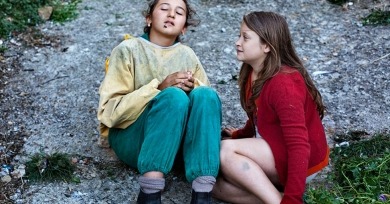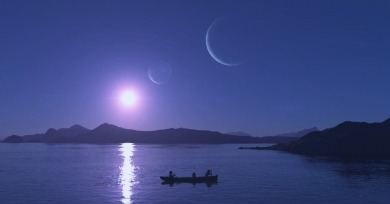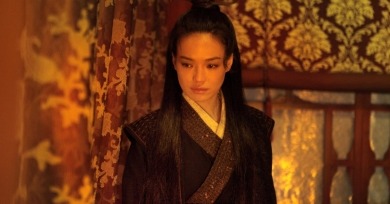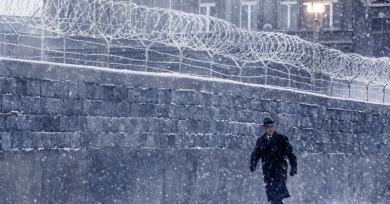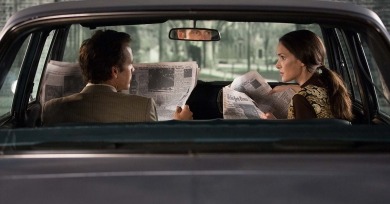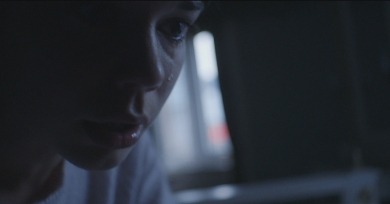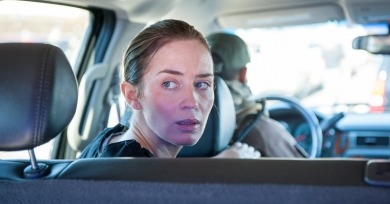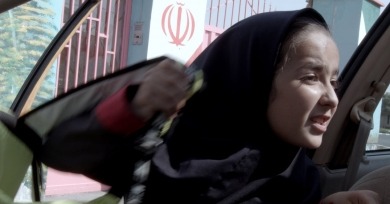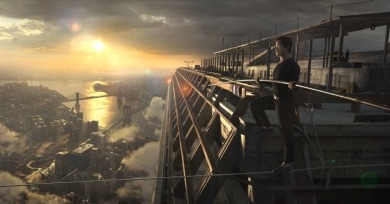Reviews
Rohrwacher doesn’t seem interested in telling us what we should be thinking; rather she lets us accompany these people from one task to the next. There’s no fetishizing or romanticizing of work or youth, just a matter-of-fact, if narratively furtive, take on communal living and familial interaction.
The Pearl Button functions in a similar mode to Nostalgia for the Light—the filmmaker deploys a series of elements that are unconnected on the surface, using his voiceover musings and taking liberal advantage of the power of metaphor to tie all of his varying strands together.
One of the miracles of cinema is that genuine artists can use the medium to convey otherwise inexpressible, even intangible emotions, using image and sound to create emotional landscapes that in writing might be too explicit or in music too oblique.
Hou’s latest, The Assassin, his first in the wuxia genre, is perhaps his most senses-heightening work yet, a film of simultaneous action and repose, of specificity and abstraction, giving the viewer just enough information to follow its dense narrative avenues while asking that their eyes take the road less traveled.
Like Lincoln, Bridge places value on conversation, negotiation, honor, decency, the ineffable power of giving one’s “word” to another. Spielberg aims to please, yes, but in the one-two punch that is Lincoln and Bridge of Spies, he’s also aiming for something grander.
Instead of trying to reproduce Milgram’s work and life within a traditional dramatic framework, Almereyda draws out a parallel between the manipulation which occurred in the Milgram experiments, and that which occurs in film drama.
Victoria follows in the footsteps of Wim Wenders’s Wings of Desire and Fred Kelemen’s Fate, perhaps the last great films to eloquently characterize the city by employing a cinematic language that reflects its contemporary zeitgeist.
Sicario is a film that rather decadently allows itself to get caught up in the machinations of its American or American-affiliated characters while Mexico looms in the background as an (immaculately photographed) abattoir.
It’s only been in use for two years, but the title of the experimental film and video sidebar of the New York Film Festival, Projections, is already in danger of becoming obsolete.
Taxi interrogates itself—as cinema, as document, and, because of Panahi’s particular political reality, as an expression of artistic freedom. Panahi has taken to a purposeful extreme the notion that strictures and limitations are beneficial to the creation of art.
Following high-wire walker Petit from France to New York City in his monomaniacal pursuit of his mad fantasy, the movie shares its subject’s single-minded dedication to the cause, and this lends it a propulsive momentum.
As Mizuki makes herself a small batch of pastries, each filled with gooey black sesame paste, the camera elegantly tilts away, revealing the space over her shoulder and above her head; it’s a movement implying omniscience and that something, perhaps of the malevolent variety, might lurk just out of our view.
Too often, the film indulges in a tedious solipsism and relies on the most hackneyed of coming-of-age tropes to inspire our pity for Aria.
Structurally, this is classic screwball material, and Maggie’s doomed-to-fail-but-also-kinda-succeed solution should be a hoot to watch unfold. Unfortunately it is not, and the reasons for this are almost too many to track.
